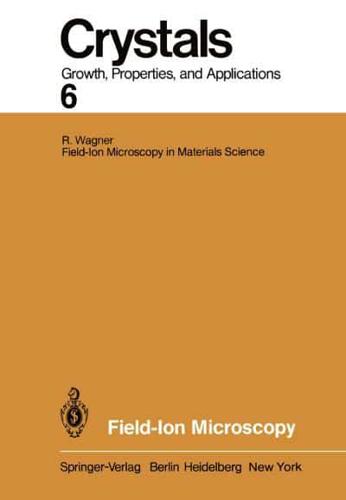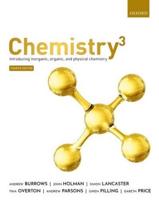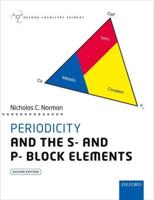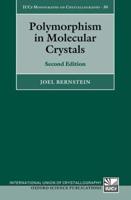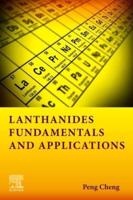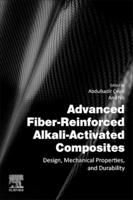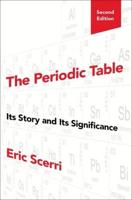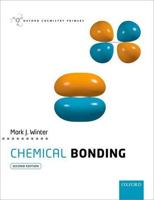Publisher's Synopsis
Despite the recent progress in developing various microanalytical tools of better spatial resolution and more sensitivity to chemical analyses for the study of various defects in metallic solids the Field-Ion Microscope (FIM) still remains the only instrument up to now to resolve single atoms in the surface of a metal. Fifteen years after Milller!) invented the FIM he was also the first to combine the FIM with a time-of-flight (ToF) mass spectrometer - the so-called Atom-Probe FlM - to identify the chemical nature of single atoms imaged in the FIM2). Originally the motivation to develop the ToF atom probe was to use this method to obtain some more fundamental understanding of field ionization and field evaporation, the most basic physical processes in field-ion microscopy. Even after the successful combination of a FIM with a ToF atom probe had been accomplished, the technique was rarely applied to metallurgical investigations since for a fairly long period only refractory metals such as tungsten, molybdenum, iridium, etc. could be imaged in the FIM. How- ever, these metals do not playa very important role in metallurgy. Only when Turner et 3 al. ) substituted the conventional phosphorescent screen of the field-ion microscope with micro-channel electron multiplier arrays, termed micro channel plates, did it become possible to image in the FIM the less refractory metals like Fe, Cu, Ni and even AI.


